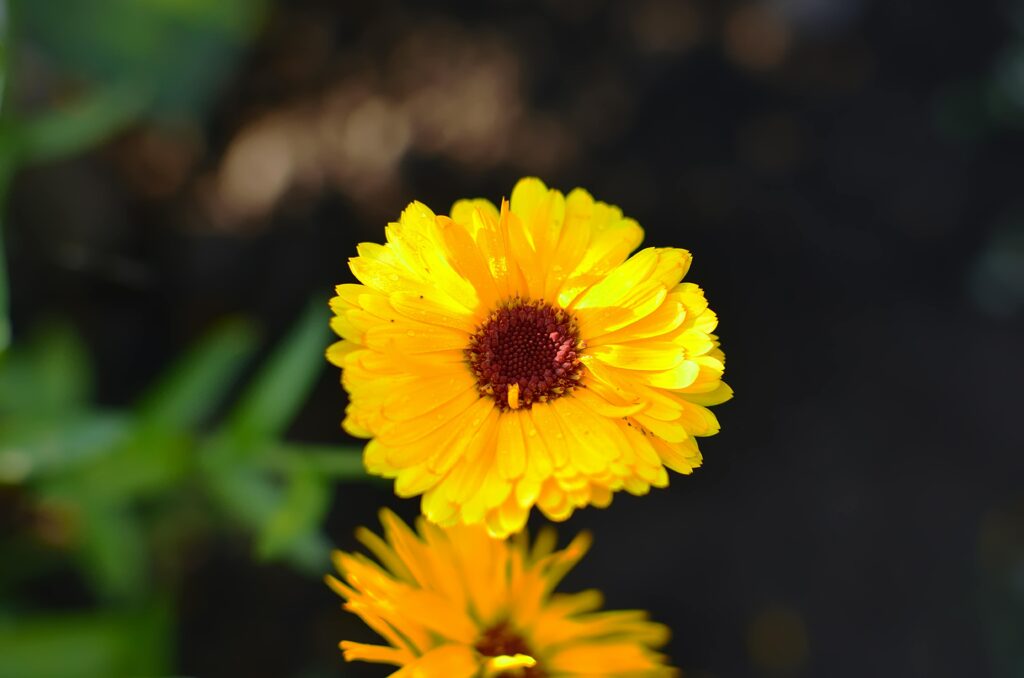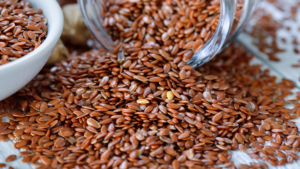
Marigolds, with their bright golden-orange flowers, are a common sight in many gardens. But this pretty plant is more than just a decorative flower – it has a long history of use in herbal medicine, dating back to ancient Egyptian, Greek, and Roman civilizations. The marigold is known botanically as Calendula officinalis, and has been used for centuries for its incredible healing abilities.
Modern research has shown that marigolds contain beneficial plant compounds called flavonoids, which give the flowers anti-inflammatory, antiseptic, and wound-healing properties. Extracts, infusions, and ointments made from marigold flowers and leaves have been used to treat a wide range of skin conditions and open wounds.
Soothing Skin Inflammation and Irritation
Marigold preparations have been shown to soothe many inflammatory skin conditions, including eczema, dermatitis, sunburn, rashes, and diaper rash. The anti-inflammatory compounds can help reduce redness, swelling, itching, and pain associated with these conditions. Compresses, washes, or ointments containing marigold can provide cooling relief when applied topically to the affected areas.
Marigolds also contain antibacterial and antiseptic properties, which make them effective in inhibiting infection and promoting healing for cuts, scrapes, burns, bug bites, and fungal skin issues like ringworm or athlete’s foot. The antimicrobial actions help protect wounds from getting infected during the healing process.
Accelerating Wound Healing
Multiple studies have found that marigold extracts and ointments can accelerate the closure and healing of wounds, including slow-healing ulcers. Marigolds stimulate tissue repair and new skin growth through their antioxidant content and ability to increase blood circulation to the area. When applied regularly, marigold preparations can speed up healing time compared to other treatments.
Marigold’s anti-inflammatory abilities also reduce pain and tenderness around wounds. The rich supply of antioxidants in marigolds help neutralize damaging free radicals that can impede wound healing. This makes it an excellent natural treatment option for minor to moderate cuts, burns, scrapes and postoperative wounds.
Using Marigolds for Skin Healing
Marigold flowers and leaves can be used in a variety of medicinal forms to harness their healing potential:
- Infusions – Soak marigold flowers in hot water to make a skin wash or compress. The liquid can also be applied to wounds with a sterile bandage or gauze.
- Ointments & Salves – Mix marigold flowers with skin-soothing oils like olive or coconut oil to make an antibacterial ointment. Apply to affected areas 1-2 times per day.
- Tinctures – A marigold flower tincture can be diluted and dabbed onto skin rashes and irritated areas.
- Powders – The dried, ground marigold flowers can be sprinkled on wounds or blended into skin salves.
- Essential Oil – Marigold essential oil provides concentrated medicinal benefits but should always be diluted before topical use.
With its long history of traditional use combined with promising research, the marigold is clearly more than just a pretty flower! Harnessing the healing properties of marigolds through infusions, ointments and salves can provide natural relief for a variety of common skin conditions and aid the skin’s natural healing process.



